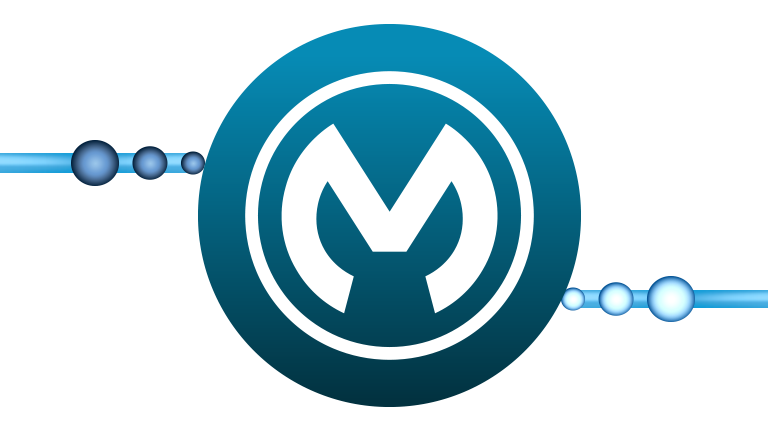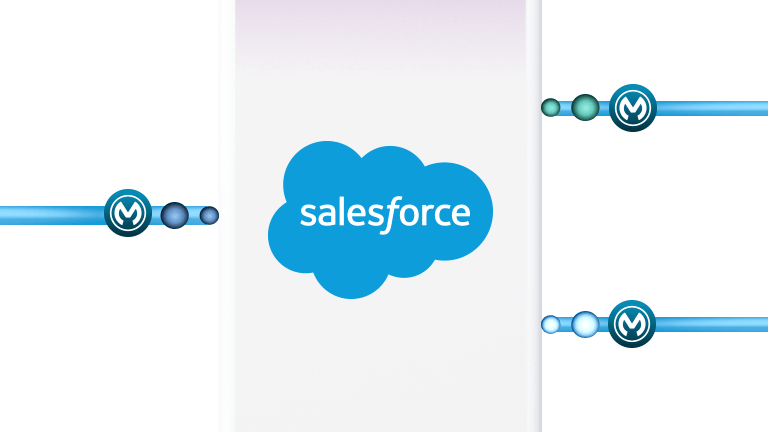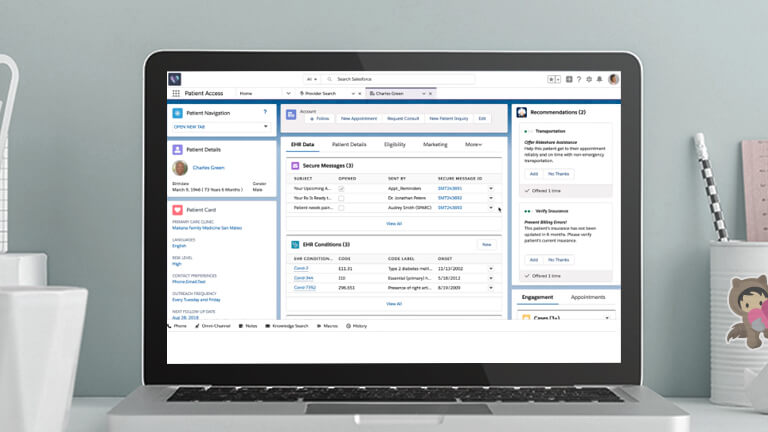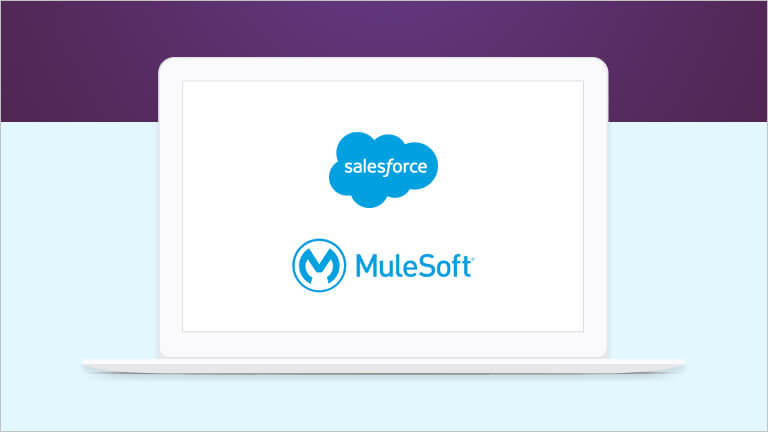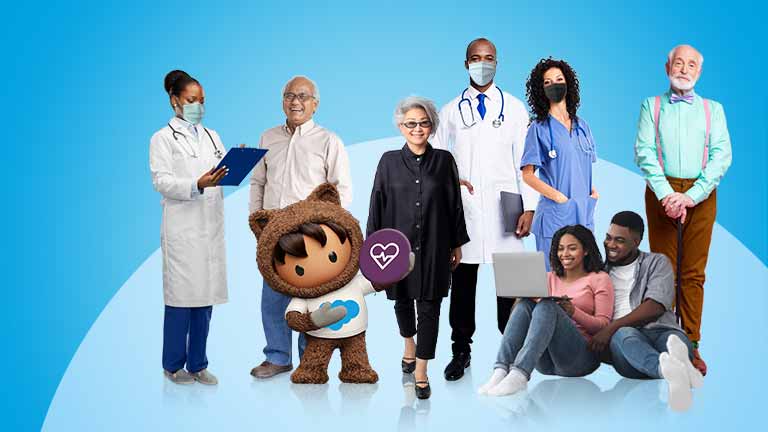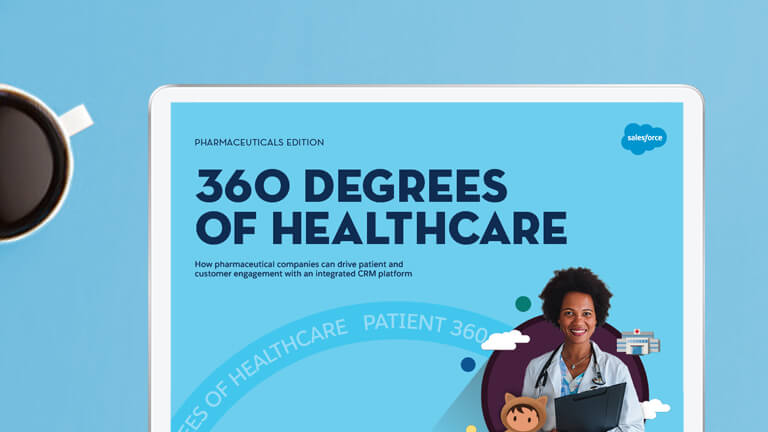Chapter 3: Leveraging APIs to Drive Interoperable Systems
Open APIs, orchestration services, and standards-based exchanges are the key to a unified platform for patient care.

Open APIs
Orchestration Services
Standards Adoption
For us to achieve our vision and to become the leading patient experience platform for synchronized care in all segments, we have invested in developing what healthcare providers need in order to convert legacy healthcare standards such as HL7 v2, C-CDA, and X12 into FHIR, including our MuleSoft FHIR RAML auto-generator. When organizations adopt standards these standards, only then can they deliver on the promise of connected, personalized, and holistic care.
As such, we will continue our adoption of FHIR R4 and United States Core Data for Interoperability (USCDI) to inform and guide our data models and define our FHIR APIs. We are also continuing to evaluate SMART on FHIR apps as another pathway to the EHR — and to better support life sciences companies.
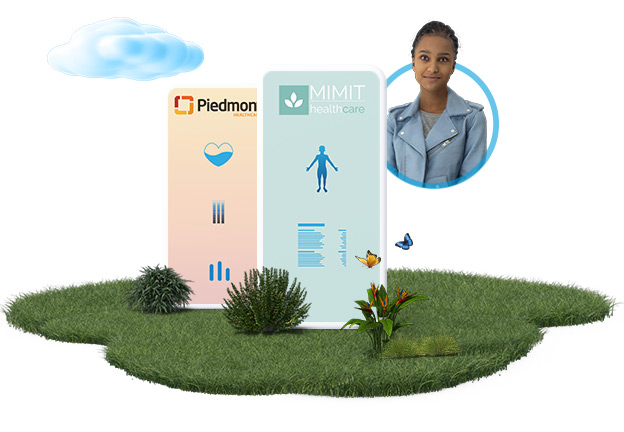
Brands Making Strides in Interoperability
MIMIT Health
MIMIT Health, a Chicago-based independent physician group specializing in minimally invasive and targeted treatments, is a leader in digital innovation. A Health Cloud customer, MIMIT integrates with a number of systems to continue adding value to the patient experience, while also advancing the overall interoperability solution. Before implementing Health Cloud, the company began with Service Cloud, where it realized the tremendous value of having EHR data integrated for increased patient engagement, scheduling, and care plans. MIMIT now integrates its EHR, Medstreaming LLC, with Salesforce using HL7:
- ADT messaging for patient registry
- SIU messaging for appointments
- CCDA for clinical documentation around encounters
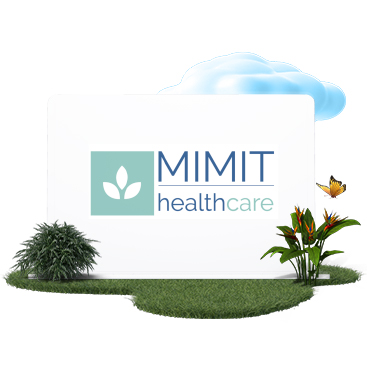
“When we first started with our EHR, the data wasn’t all visible to the whole team. By integrating with Salesforce, we were able to see a holistic view of the patient, giving us a 360-degree angle. It’s all on one page, which makes it very easy and accessible to the whole team.”
Nebraska Medicine
Nebraska Medicine operates two hospitals and 39 specialty and primary care clinics throughout the state of Nebraska, with partial ownership in two rural hospitals outside their central hospital location, and a specialty hospital as well.
With these various locations with differing needs, this leading healthcare organization looked to Salesforce and MuleSoft for their interoperability work, both for their clinical and non-clinical systems. Currently, they use two core systems to manage patient care – Salesforce Health Cloud and EPIC, they took these systems, and working across Salesforce added MuleSoft to create a new API-led integration approach which enabled patient data to flow between both systems in real-time and keep their records accurate and up-to-date for patient data that was at staff fingertips when they needed it. More than 110 staff and contact center agents now use Health Cloud to update and create patient records, creating a 360-degree view of the patient across all systems and enhancing the quality of care.
With this, they utilized bi-directional sync between Epic and Health Cloud for real-time data feeds across: patient demographics, appointments, vaccinations, medications, guarantor and insurance information, admissions/discharge/transfer messages, and more.
Using Salesforce, teamed with the MuleSoft Accelerator for Healthcare, Nebraska Medicine has achieved a 150% increase in API consumption.
In this same regard, they have seen increased productivity and savings across their call center operations. In their first year working with Salesforce and MuleSoft for integration across Epic, Nebraska Med saw enhanced agent productivity that resulted in over $104K in realized savings, plus over $376K in realized savings from one call resolutions.
Now, they are taking this work across internal and external business solutions as they move forward with Salesforce.

